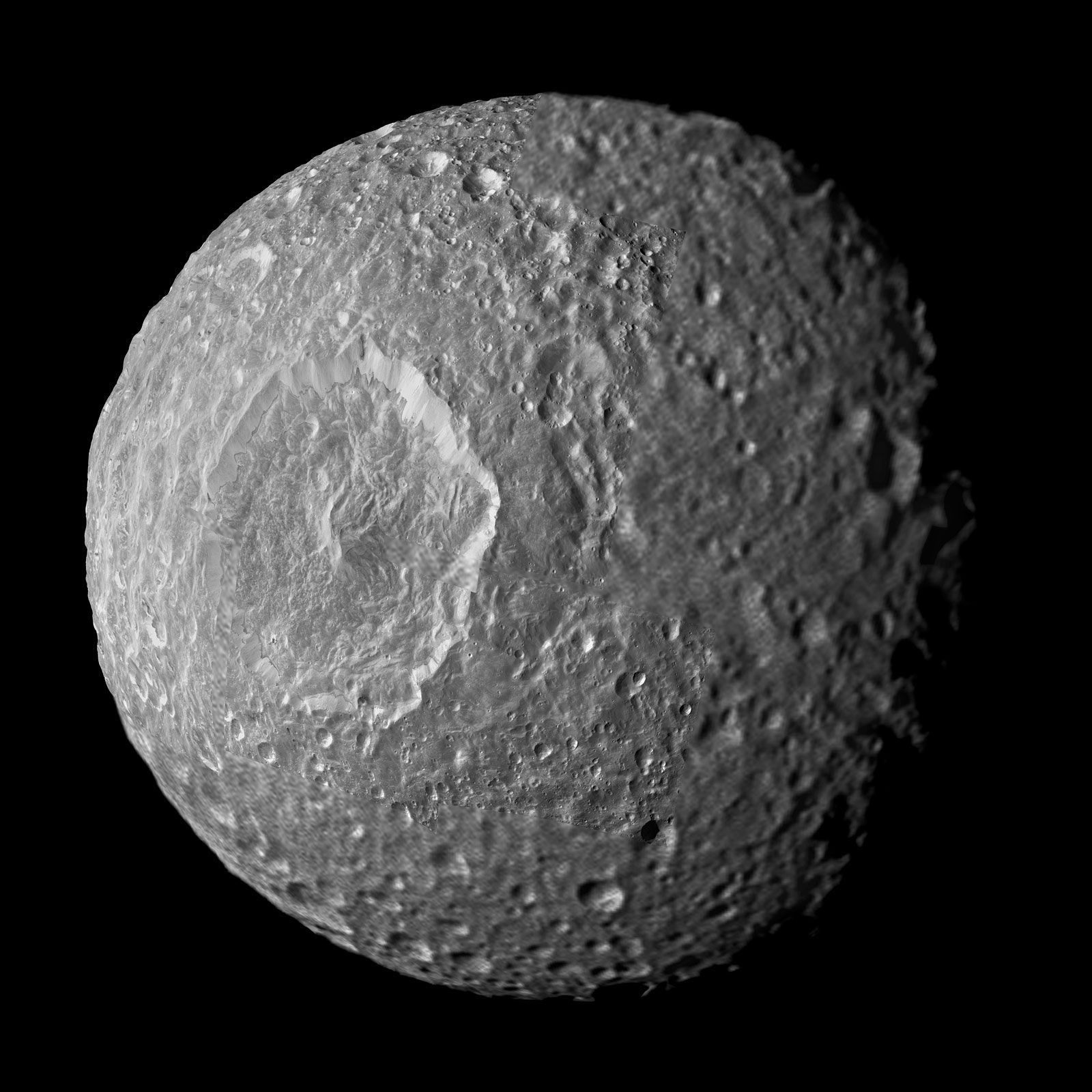Free Courses Sale ends Soon, Get It Now


Free Courses Sale ends Soon, Get It Now



Disclaimer: Copyright infringement not intended.
Context
A recent study published in Nature presents a groundbreaking discovery that Saturn’s moon, Mimas, commonly known as the “Death Star” moon due to its similarities with the iconic Star Wars space station, possesses an internal ocean underneath its rocky crust.
Details
Death Star
Size and Composition
Surface Features
Orbit
Exploration
Recent study
|
PRACTICE QUESTION Mimas, recently seen in the news, is a natural satellite of which planet?
Answer A |
© 2024 iasgyan. All right reserved